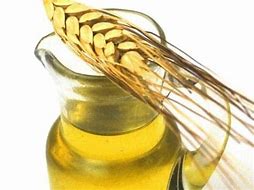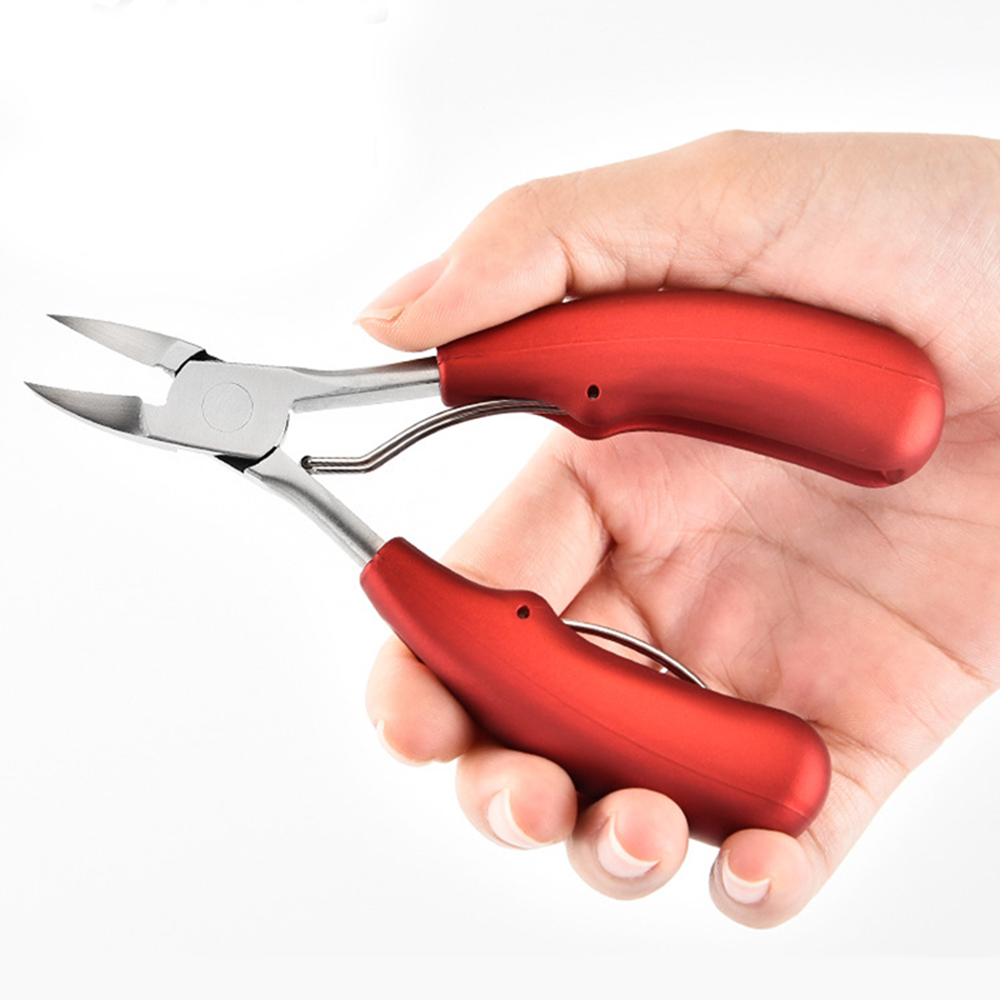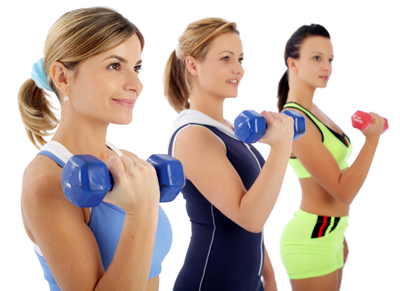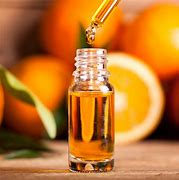Insoles
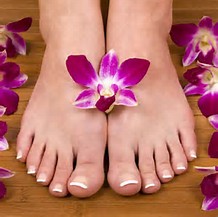






Insoles
Insoles are probably the most effective way to treat many foot disorders. Until recently there were few choices for insoles. Now, some stores carry ten to fifteen different types. Shoe padding products include moleskin, gel cushions, heel cups. arch pads and metatarsal pads (rounded pads designed to protect the forefoot). Insoles can be made from foam, plastic, gel, or fabric.
The selection can actually be quite overwhelming.Insoles are probably the most effective way to treat many foot disorders. Until recently there were few choices for insoles. Now, some stores carry ten to fifteen different types. Shoe padding products include moleskin, gel cushions, heel cups. arch pads and metatarsal pads (rounded pads designed to protect the forefoot).
Insoles can be made from foam, plastic, gel, or fabric. The selection can actually be quite overwhelming.Insoles are most effective for treating and preventing calluses on the bottoms of feet because they can be modified to relieve pressure and they can be moved from one pair of shoes to another.
Buy padding or insoles that are durable and dense. Do the "pinch test": If you can easily compress the padding or insole between your thumb and forefinger, there is no way that it can hold up to the impact of daily walking, and you should choose another product. As a generasl rule, avoid thick foam or thin gel pads and insoles.
Shoe changes for toe calluses
Shoe changes for toe callusesCalluses on the tops of the toes are most often caused by hammertoes. The bent toe takes up more room in the shoe and rubs against the inside of the shoe's toe box. Often, the small toe is squeezed by shoes that are too narrow or too pointed. This is especially true for women, as women's fashionable shoes often are more narrow and pointed than men's.If you have painful hammertoes with calluses,try changing to shoes that have additional depth or a more rounded shape to give your toes more room.
Shoe changes for toe calluses
Shoe changes for toe callusesCalluses on the tops of the toes are most often caused by hammertoes. The bent toe takes up more room in the shoe and rubs against the inside of the shoe's toe box. Often, the small toe is squeezed by shoes that are too narrow or too pointed. This is especially true for women, as women's fashionable shoes often are more narrow and pointed than men's.If you have painful hammertoes with calluses, try changing to shoes that have additional depth or a more rounded shape to give your toes more room. A hammertoe splint can also reduce the contracting of the toe that contributes to the callus. In severe cases that do not respond to shoe changes, splints or other types of self-care, it may be necessary to correct hammertoes surgically.
A hammertoe splint can also reduce the contracting of the toe that contributes to the callus. In severe cases that do not respond to shoe changes, splints or other types of self- care, it may be necessary to correct hammertoes surgically.
Reduce the thickness
After addressing the cause of a callus, the next step is to do some basic skin care. A pumice stone, emery board, od similar sanding device can be used to gently remove some of the thick, dry layers of a callus.Often, it is helpful to use an exfoliating cream or lotion in addition to pumicing.
The skin is softest just after a beth or shower, so this is the ideal time to use the pumice stone. By lightly rubbing the pumice stone over the callus for one to two minutes after bathing over the course of several days, the callus can be gradually reduced. This is a much safer way of removing skin than using razor blades or callus knives. Keep in mind, however that the callus has a protective function.
Removing too much dry skin may cause a sore to develop because the skin no longer has the thicker, firmer skin of the callus to protect it from pressure or friction. This is why it is always important to remove the source of the pressure or friction before doing any other kind of treatment.
Soften and Lubricate
After pumicing a callus, apply an exfoliating cream or lotion. The exfoliating ingredient will further reduce the callus and soften the remaining skin so that the next pumice treatment will be more effective.The most effective over-the-counter-exfoliating lotions contain salicylic, uric, or lactic acids.
These gentle acids work by dissolving the hard, dry layers of the callus. Emollents in these creams and lotions moisturize the callus and the skin around it. For more stubborn calluses and or dry skin, there are prescription-strength exfoliating lotions.
A word of caution: Exfoliating lotions-both over the counter and prescription-do have side effects.
These include redness, burning, and sun sensitivity. Use exfoliating lotions only as directed. Skin that is not dry or callused is especially irritated by the acids in these lotions. skin irritation usually resolves once you stop applying the lotion, but if side effects persist, consult a doctor. Once the callus is satisfactorily treated, periodic treatments may be necessary to control the callus.
Reference: Great Feet For Life; Paul Langer, DPM
Articles - Latest
- A yoga teacher says this five-minute stretch is all you need to maintain flexibility in your spine
- Can't do a deep squat? Use this coach's four-step plan
- 6 Reasons Your Feet Are So Itchy
- Surprising Benefits of Using Bay Leaves on Your Feet
- I run 50 miles a week and this is my go-to 20-minute yoga-for-runners workout to boost my flexibility
- How to do hanging leg raises with perfect form, according to trainers
- The two exercises everyone should add to their strength workouts to see results, according to an expert trainer
- 1 year of heavy strength training could offer 4 years of benefits, study suggests
- Research Has Unveiled How Many Sets You Need to Do to Build Muscle
- I did 50 frog crunches every day for a week — here's what happened to my abs
- 10 physio-approved exercises for runners that will help you build strength and mobility
- Forget sit-ups — this 3-move standing ab workout chisels your abs and obliques
- What to do when plantar fasciitis is so bad you can't walk
- Five exercises better than side bends to sculpt strong obliques
- Forget Russian Twists — this 10-minute stability ball workout targets your abs and glutes
- Professor explains how we are all doing one exercise wrong and it is causing us pain
- Supplies, Description, and Usage - Tech Nails-2
- Supplies, Description, and Usage - Tech Nails
- Exercises for Plantar Fasciitis
- Shoes, insoles and splints: Cushioning and support - Plantar fasciitis
- 10 best bum workouts and 25 bum exercises for a 🍑'ier butt
- The dos and don’ts of running when you’re over 40
- This 30-minute workout can be done from just about anywhere
- I teach stretching routines for a living — 3 exercises that strengthen your hips and open your hamstrings
- Somatic exercise has gone viral promising to lower cortisol levels, ease stress, and boost health - so, does it actually work?
Articles-Popular
- Home
- Calluses and Corns-4-Padding and Insoles To relieve Pressure
- Add Muscle, Build Stamina and Fire up Your Metabolism with Our Three-Move Strongman Circuit
- The two exercises everyone should add to their strength workouts to see results, according to an expert trainer
- Appreciate Your Feet
- Contacts
- Therapy Price List- Aromatherapy - Counselling
- WEB - LINKS
- The Awareness of Foot Care
- Nail Technician Resume
- Join us as a Therapist
- Blisters on the Feet
- Skin Care-Feet
- Galleries
- TCM - Therapy Prices
- Podiatry/Chiropody Price List
- Bacterial Infections
- Nail Technician Job Description
- Itching Skin on the Feet
- Athlete's Foot
- Sweaty or Smelly Feet
- Appointments
- Gallery - Pedicured Feet
- Calluses and Corns - 2
- Skin Changes Associated with Blood Flow
